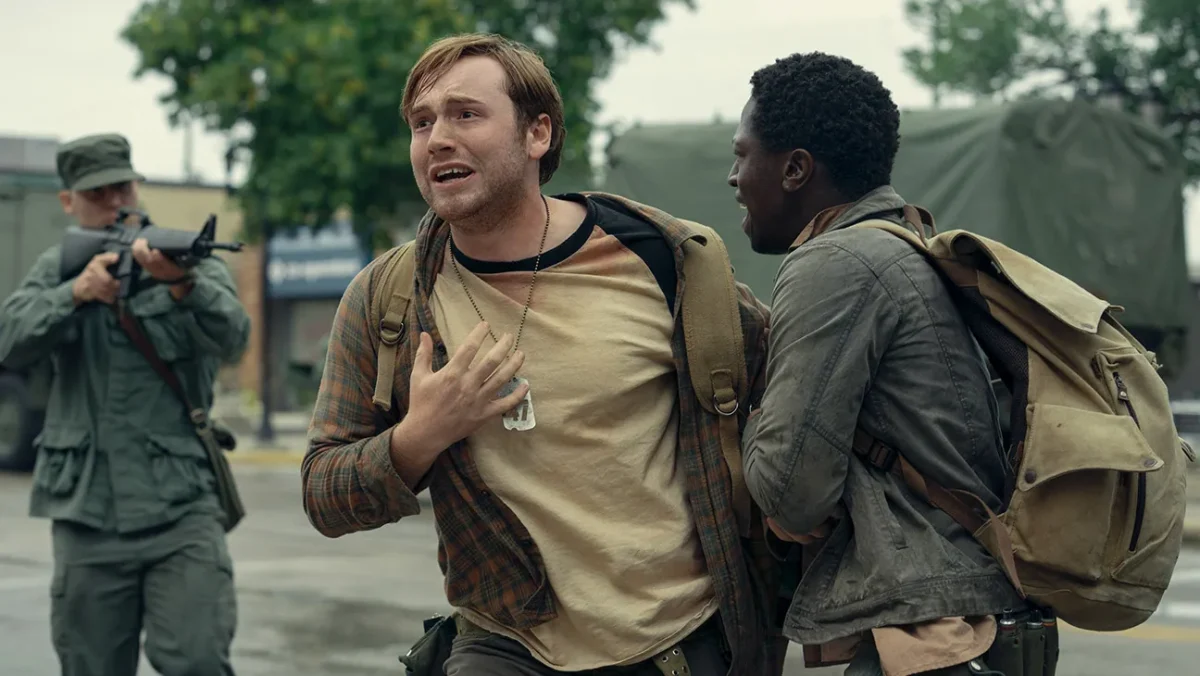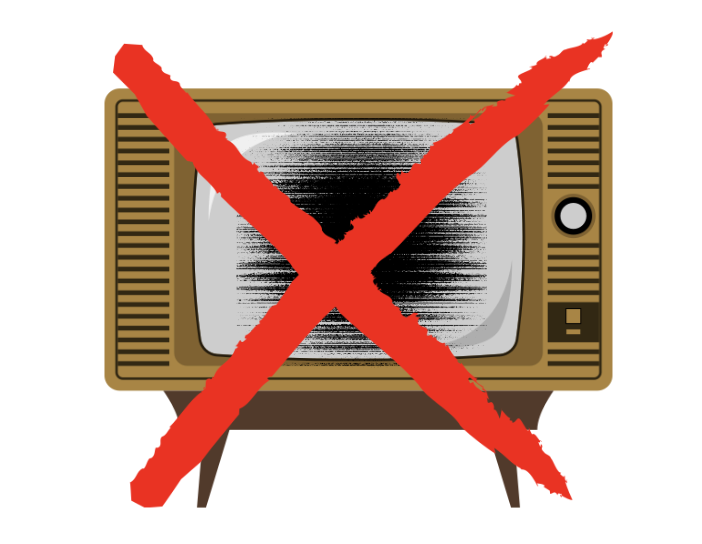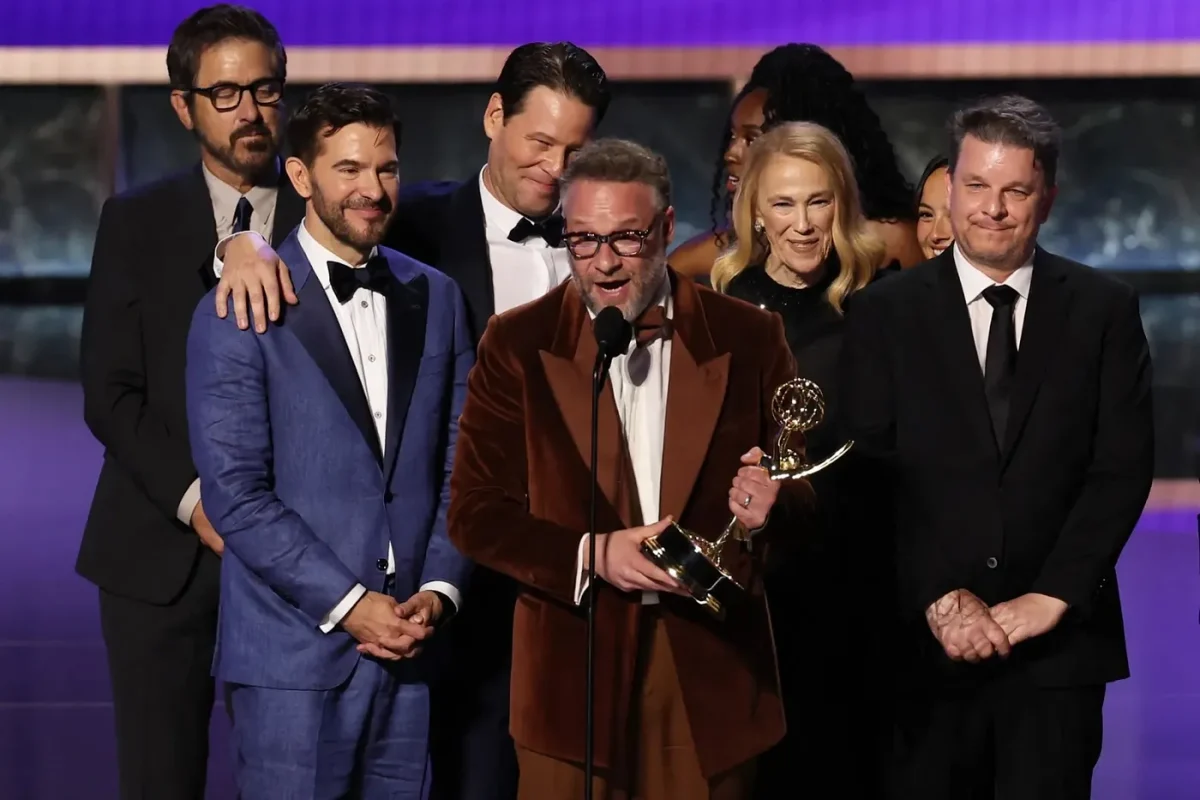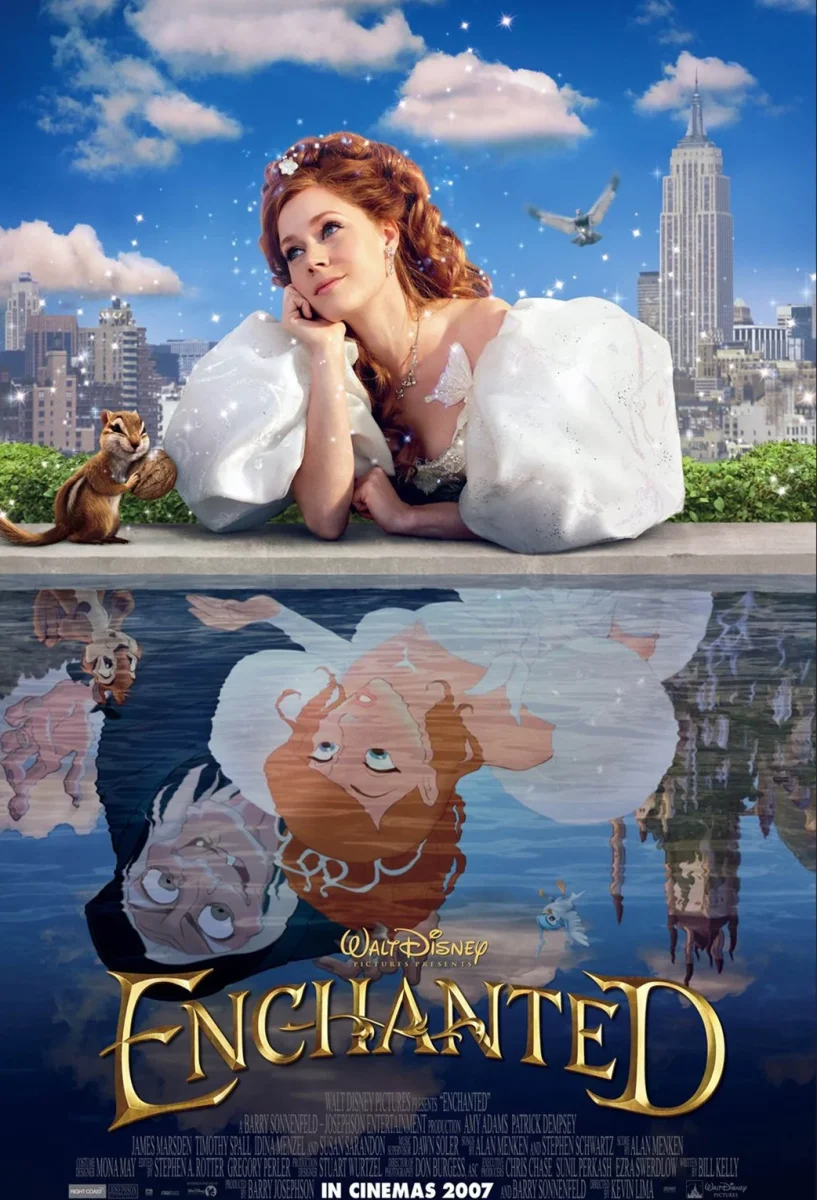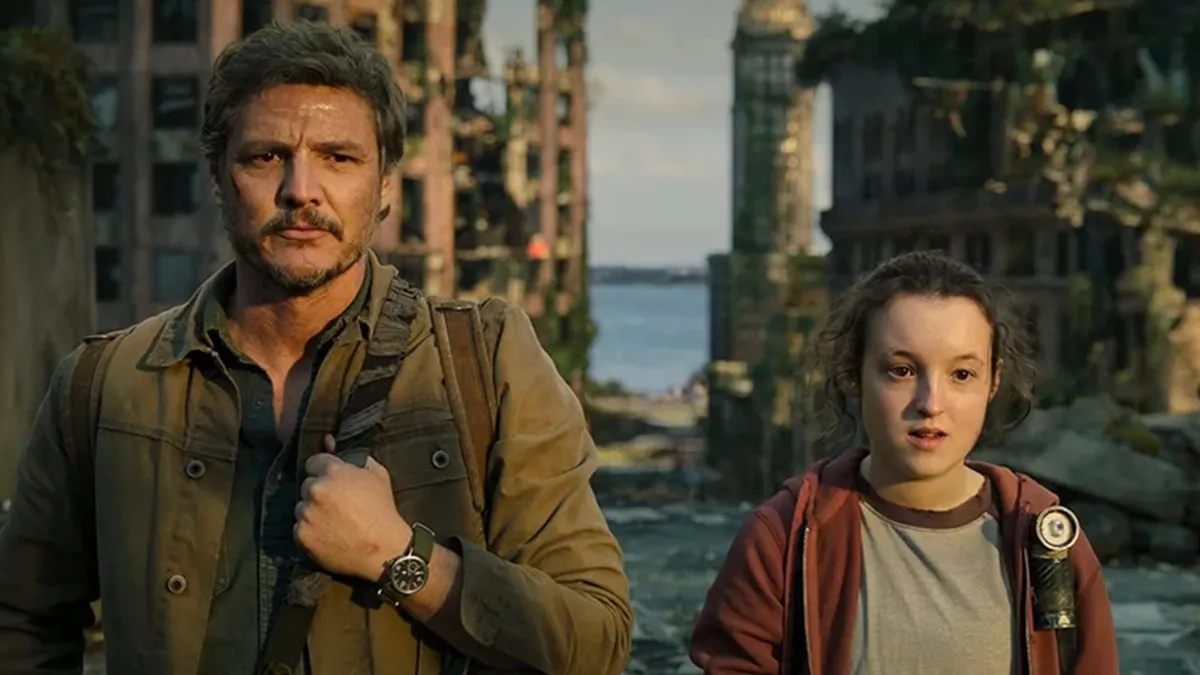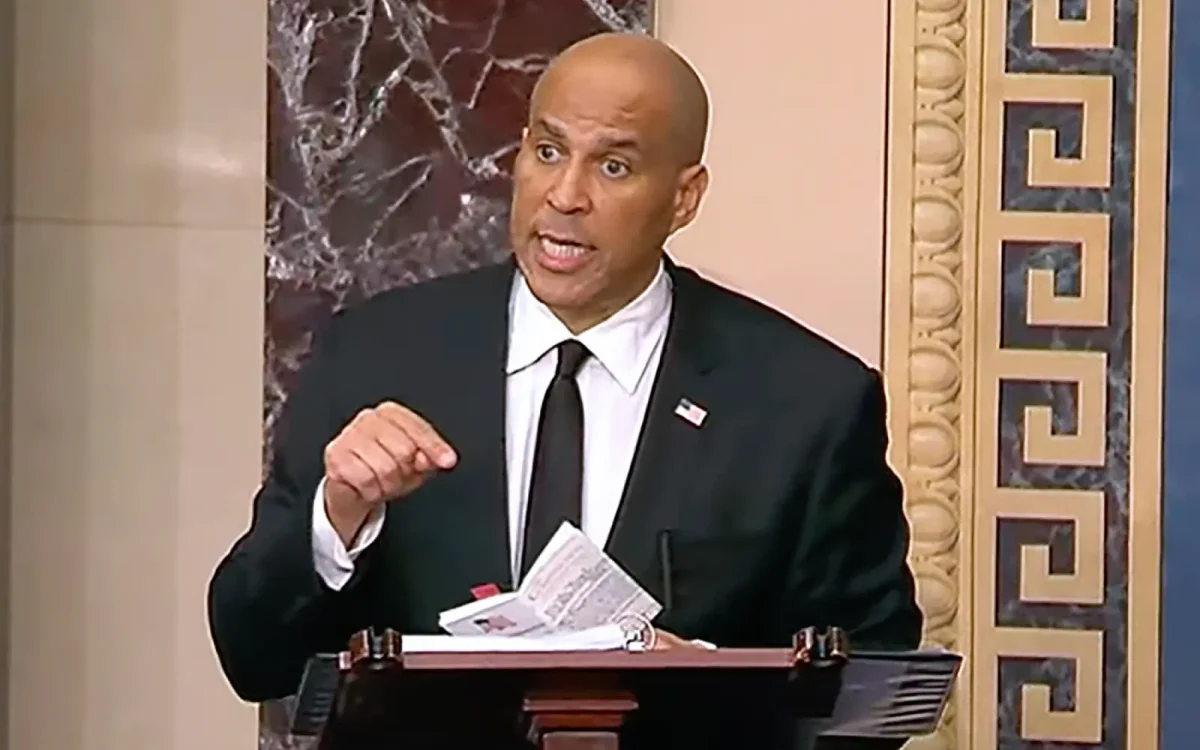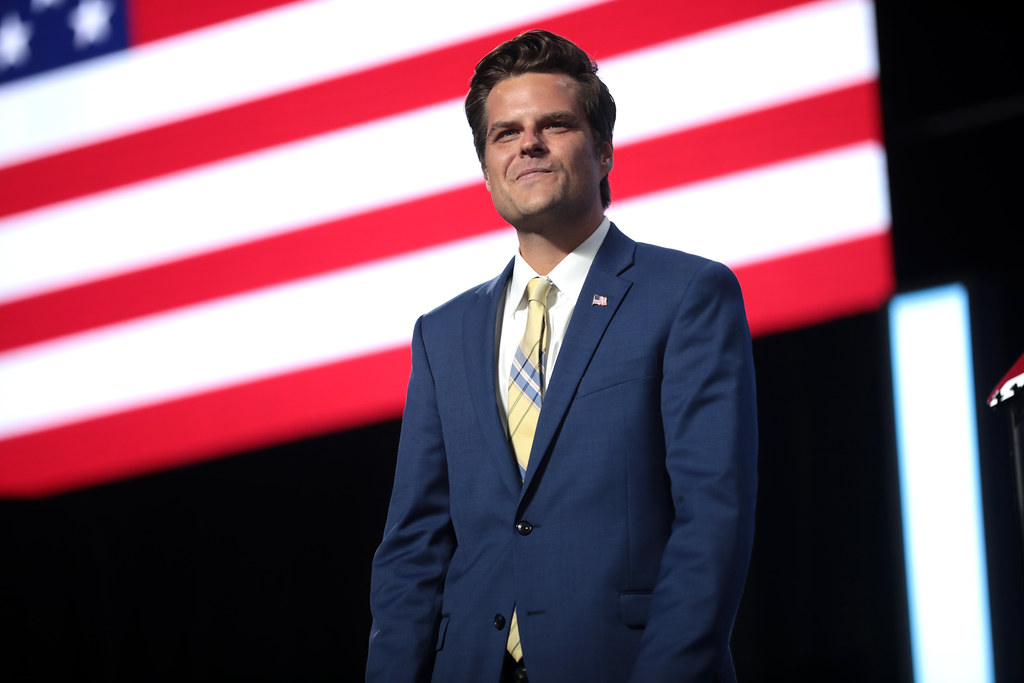Childish Gambino recently made history by winning the first ever “Most Political Award” at the Video Music Awards, which aired on MTV this past August. The 34-year-old rapper won for his buzzed-about “This Is America” music video. The video contains symbolic messages addressing gun violence, the history of white supremacy, and the oppression of African-Americans. Gambino’s video made waves and has been viewed over 405 million times since the release on May 5. The VMAs implemented the “Most Political Award” category this year signifying how politics has propelled to the forefront of entertainment. Politics has taken center stage in almost every art form such as comedy, art exhibitions, and widespread political protests.
Oppression has played a repetitive and continuous role in the narrative illustrated in the pages of history books. Through the years, citizens have retaliated against decisions made by people in power. Movements have originated from individuals and have morphed into large societal movements, many of which have led to the advancement of society. Art has been used to express disdain for the opposition and give the voiceless a platform. Whether citizens are vocalizing their distrust of the government or opposing wars, artists push boundaries and have been at the forefront of groundbreaking political shifts. Comedy, music, exhibitions, and protest are art forms continually showcasing how politics and art are forever intertwined.
Comedy, like many other art forms, provocatively tackles prevalent issues, which are often swept under the rug. Politicians are directly addressed and spoofed in almost every late-night talk show, award show, sitcom, and more. The 70th annual Emmy Awards, hosted by Colin Jost and Michael Che, recently had a politically charged show due to the upcoming midterm elections. The show’s opening musical “We Solved It!” addressed the lack of diversity in show-business. The musical included lines such as, “We solved it\ We shot with the times\ There’s room for all of our voices but mostly Shonda Rhimes.” The dialogue poked fun at the fact that this year’s nominees were the most diverse group in the show’s history. This shift has come after countless past award show scandals such as the 2015 #OscarsSoWhite controversy. The musical number mocked the notion that because diversity has increased in their categories and in entertainment that diversity issues in America are resolved. The monologue by the two comedian hosts included topics such as the #MeToo Movement and jokes at the current establishment’s expense. The hosts’ comedy is an example of the way in which comedy has endlessly been a vessel to push the envelope and ease tensions during divisive times in politics.
Additionally, this year through many marches, protest art drove many political and social movements. Protest art consists of originative works which don’t only consist of posters but also pertain to body paint, costumes, and symbolic displays of protest. There have been thousands of protests this year alone with topics such as gun violence, women’s rights, and immigration in the forefront. On January 20, the Women’s March global protest was an energetically influential start to the year. Individuals from all walks of life expressed themselves through posters, costumes, and chants. An impactful example of symbolic protest art at the march occurred when a group of individuals held hands as they dressed up as the Mexican border. The border is a literal representation of comments from President Donald Trump not only regarding building a physical wall but on immigration reform. The group’s version of the wall contained a few colorful bricks with statements President Trump has made. One of the bricks read, “A person who’s flat-chested is very hard to be a 10, OK?” which is a statement that President Trump made from a 2005 interview with radio host Howard Stern. Another states, “I’ve said that if Ivanka weren’t my daughter, perhaps I’d be dating her,” from Trump’s 2006 appearance on “The View.” The protest art in the march is a prime example of how protest art is a powerful artistic avenue which has symbolically portrayed political stances through the years.


Political art is not only present in the streets of New York City but also prevalent in the walls of hundreds of art exhibitions. Many art presentations are overtly politically charged and aim to evoke anger showcasing disdain at the political climate. The Whitney Museum of American Art did just that when they opened an art exhibition titled “An Incomplete History of Protest” from Aug. 18, 2017, to Aug. 27, 2018. The exhibition showcased archives of protest art from the 1940s to the present. The museum described the artist’s motives as “challenging established thought and creating a more equitable culture.” A notable section of the exhibit was the “Abuse of Power” section where the museum displayed work from artists in the 1990s. Artists Mel Chin and Carl Pope challenged the systematic oppression of African-Americans. Chin’s famous “Black Male” installation in the Whitney symbolically makes the voice of young African Americans heard. An example is the display of Nike Air Jordan’s which signifies status and a yearning for better economic standing. The aim of the Whitney was to instill the belief that the issues raised in these exhibition archives are not resolved and systematic oppression still affects the masses.
<
The age-old affair between Politics and Arts will continue to be subject to controversy. The art which arises from the politics brings forth positive and negative results. In regards to the positive effect of political art, University art Professor Becket said, “We live in a time marked by a political divided-ness. The issue then becomes how the political topic is introduced in the artwork,” said Becket. “If it prompts dialogue that allows people with differing opinions to have insight into each other’s perspective, I would say it would be a positive outcome.” Whilst Art Department Chairperson, Professor Pappenheimer, identifies some of the setbacks in political art, “Politically oriented artworks that express a one-line preaching point are less likely to be effective since they will probably not attract the audience to explore the issues at hand,” said Pappenheimer. “Identity politics is playing an important role in contemporary art because it is playing an important role in the society at large. Even the forces that claim to criticize it are using it in relation to their own forces. This has opened up yet another very rich dimension to artworks that are both personal and political.”
So whether it be art on television screens, on the streets of New York City, or in the walls of a museum, political art is a vessel for self-expression which has been a powerful tool in uniting the masses. The seemingly symbiotic relationship between politics and art make it a tool of reflection, expression, and progression. When done correctly, political art is timeless and opens up discussions and tackles thought-provoking dialogues.

